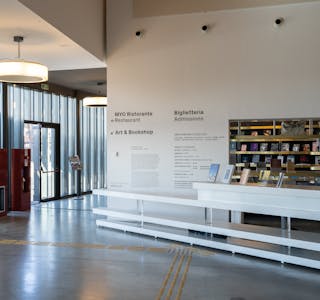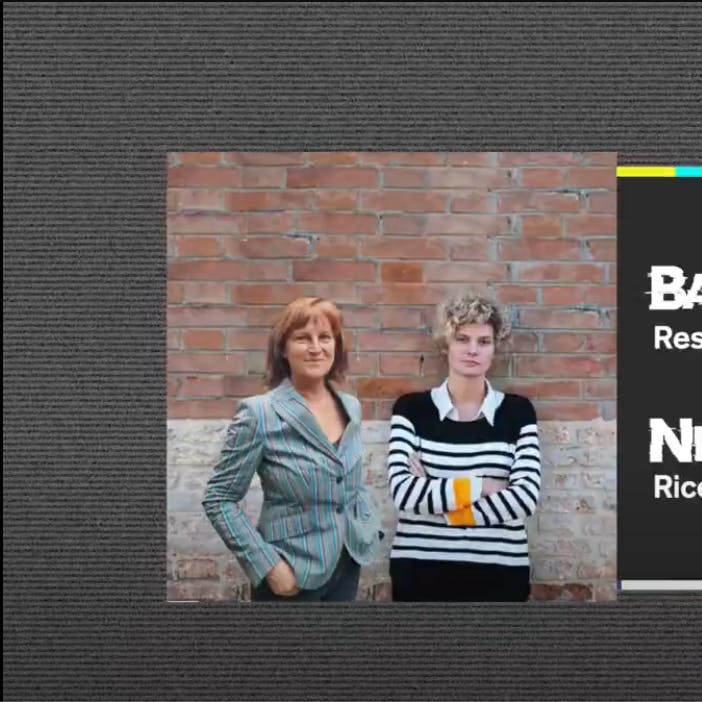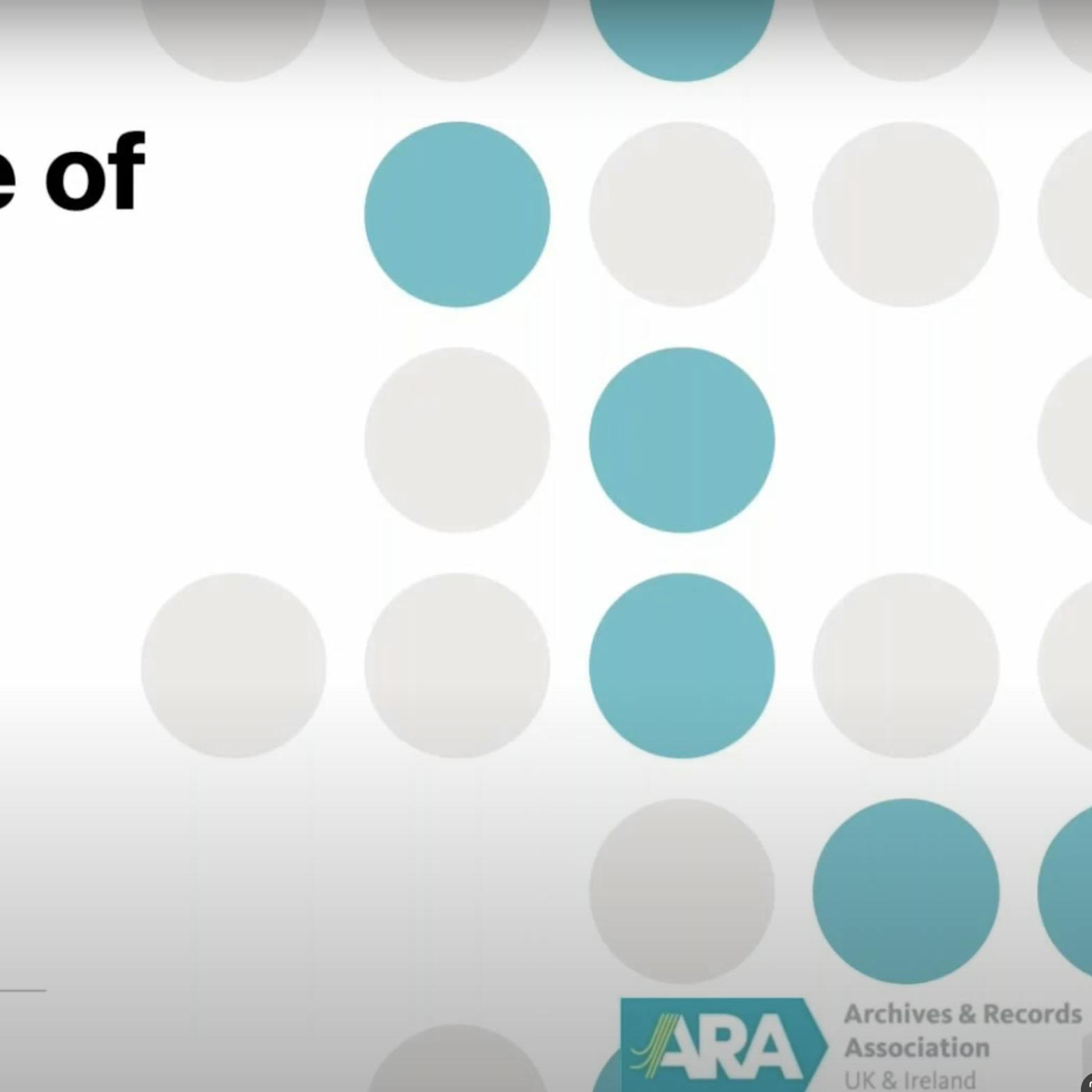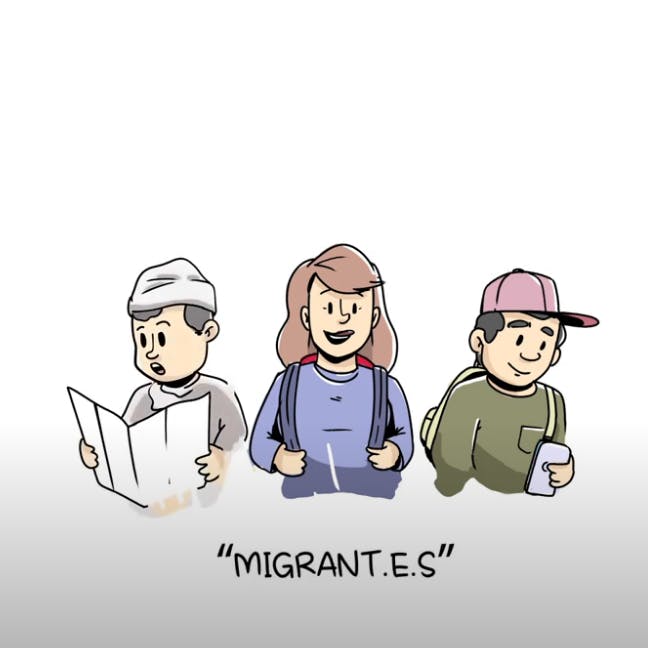Welcome
How hospitality is not just a matter of good manners.
Spaces, communication, training.
But where is the entrance? Did I suggest the tour route? Will I find the book that suits me? Have I shared all useful information on the website?
This section is dedicated to spaces and their organization, to the channels and forms of communication and, inevitably, to the training of the people who handle the initial moments of the experience. How to be welcoming?
Glossary
Welcoming words for cultural places.
Welcome
Accessibility concerns and involves the entire institution, from management to front-line staff. This requires rethinking spaces, tools, services, and activities in order to meet the needs and desires of all possible visitors. In this process, hospitality represents a crucial point as the first contact with the public, and therefore requires particular care and attention. Hospitality, like any other action undertaken by museums, must ultimately aim at «respect for inherent dignity, individual autonomy including the freedom to make one’s own choices, and independence of persons» (UN Convention on the Rights of Persons with Disabilities, 2006).
[Gruppo di Lavoro Accessibilità, ICOM Italia, 10 parole, 2024, edited by Irene Balzani, Sofia Bilotta, Rosa Di Lecce, Irene Innocente, Federica Pascotto]
Welcome

Design for all
Designing for every person means considering accessibility not as something corrective or supplementary but as a fundamental principle, with the awareness that what benefits people with disabilities improves the experience for everyone. Following the principle of Design for all means considering the needs of all visitors and avoiding designing for bodies and minds that conform to a supposed ‘norm’.
[Gruppo di Lavoro Accessibilità, ICOM Italia, 10 parole, 2024, edited by Irene Balzani, Sofia Bilotta, Rosa Di Lecce, Irene Innocente, Federica Pascotto]
Design for all

Threshold
All museums have a physical threshold and simultaneously represent a metaphorical threshold as spaces that connect people and cultural heritage. As social places, they bring together people with diverse cultures, backgrounds, ages, religions, gender identities, and sexual orientations. Recognizing thresholds is the first step in encouraging their crossing, transforming them into permeable boundaries that foster connection.
[Gruppo di Lavoro Accessibilità, ICOM Italia, 10 parole, 2024, edited by Irene Balzani, Sofia Bilotta, Rosa Di Lecce, Irene Innocente, Federica Pascotto]
Threshold

Download area
Selection of resources for consultation and download on the theme of "participation and cultural co-design".



